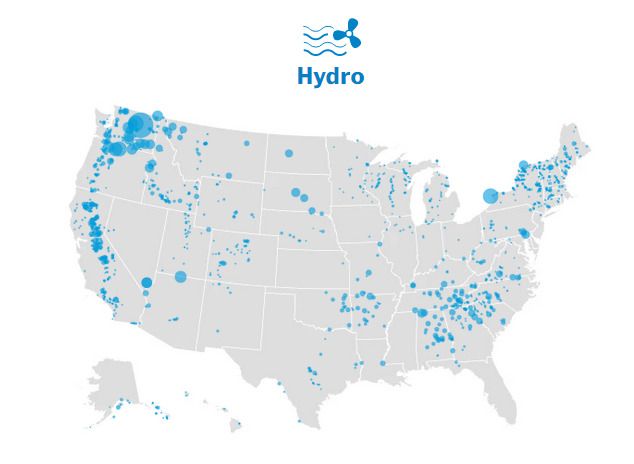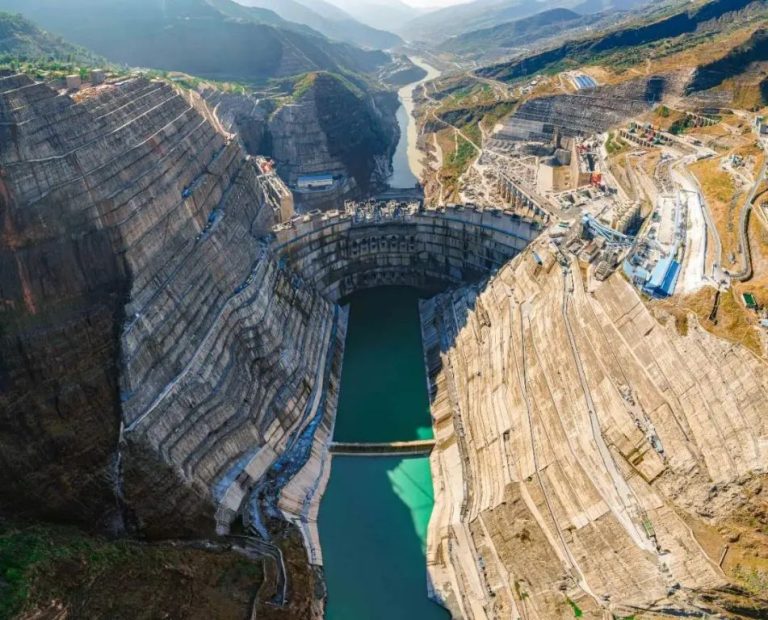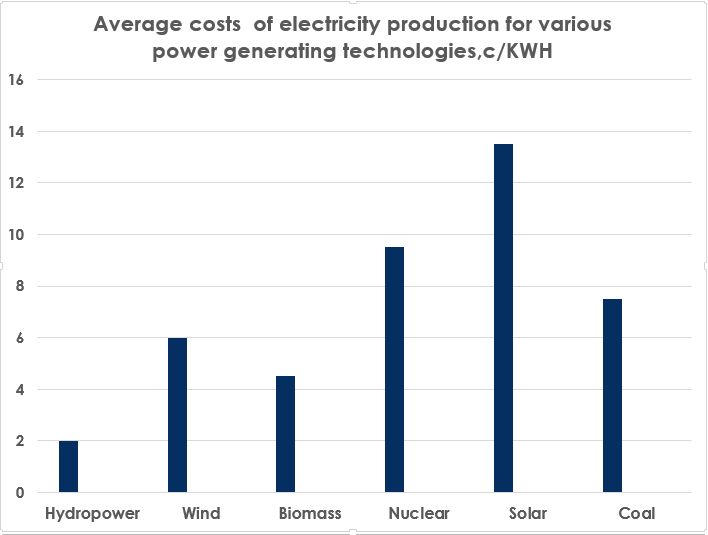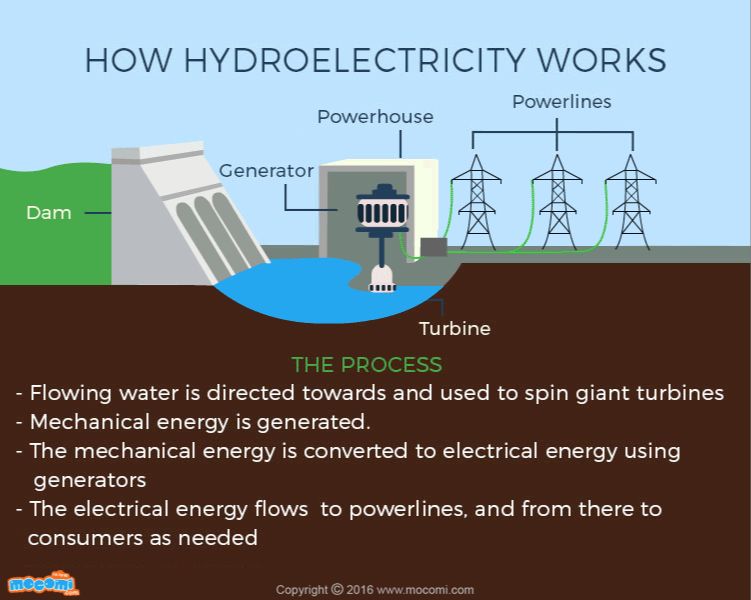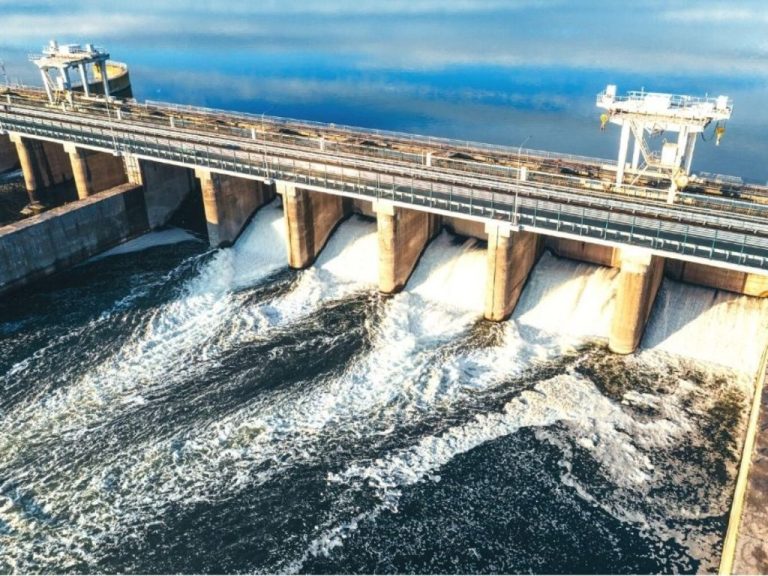How Is Energy Stored In Hydropower?
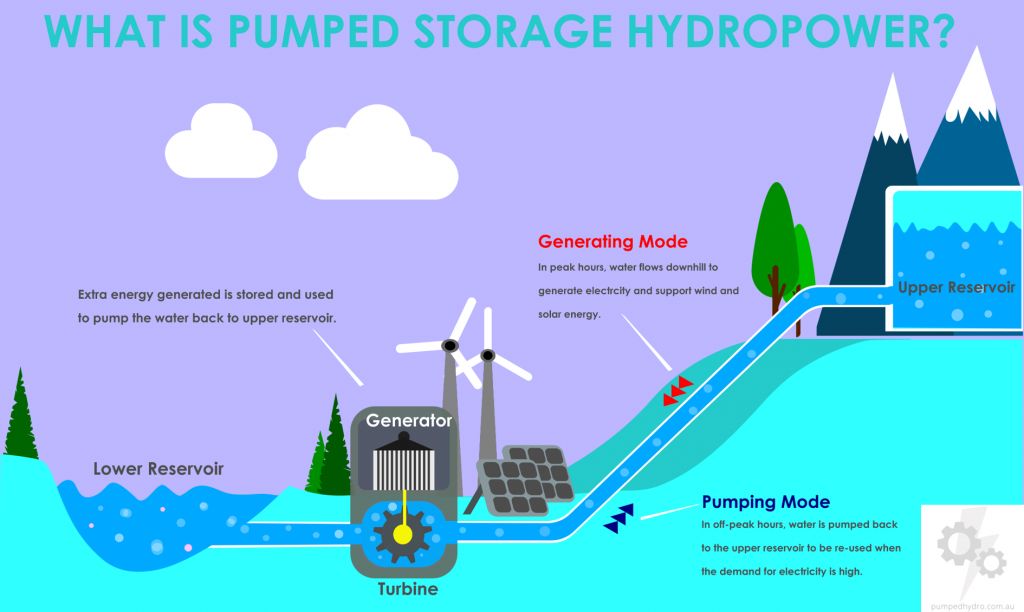
Hydropower, or hydroelectric power, refers to the generation of electrical energy by harnessing the natural energy source of moving water. Hydropower is considered a renewable energy source because it relies on the water cycle, which is continuously replenished by the sun. Although the basic principles have been used for thousands of years, one of the first modern hydropower plants was built at Niagara Falls in 1879. Today, hydropower is one of the largest and most important renewable energy sources globally, accounting for over 16% of the world’s electricity production.
Hydropower is considered very important as a renewable energy source because it offers several advantages. Most importantly, it does not rely on the burning of fossil fuels, which produce greenhouse gases and contribute to climate change. Hydropower relies only on the natural movement of water, making it a clean and sustainable way to generate electricity. Overall, hydropower plays a major role in the transition toward renewable energy and reducing dependence on fossil fuels.
How Hydropower Works
Hydroelectric power plants convert the potential energy of falling or flowing water into electricity. The water flows through the dam from the reservoir to the turbine. The moving water spins the turbine, which powers a generator to produce electricity. Here are the key components:
Dams – Dams are constructed across rivers to create reservoirs that control the water flow. The height of the dam creates hydraulic head, which determines the amount of potential energy available.
Intake – Gates in the dam open to allow water from the reservoir to enter the intake. The intake structure regulates water flow and includes screens, tunnels, and surge tanks.
Penstock – The penstock is a pipe that directs water from the intake to the turbine. It narrows to increase the speed of the moving water.
Turbines – The fast moving water strikes turbine blades causing them to rotate. The most common types of turbines used are Francis and Kaplan turbines.
Generators – The turbine shaft is connected to the generator, which converts the mechanical energy into electrical energy using electromagnetism. The power is sent through transformers before transmission.
Tailrace – After passing through the turbine, the water exits the power plant through the tailrace.
Hydroelectric plants provide on-demand power quickly because the water flow and reservoirs can be controlled (Source). Dams, turbines, generators, and control systems are the main components that make hydropower generation possible.
Potential Energy of Water
Water held behind a dam has gravitational potential energy. The water is held at a height above the water downstream, giving it the potential to do work as it falls. Gravitational potential energy is determined by the mass of an object, its height above a reference point, and the gravitational field strength (EPE = mgh). The greater the height of the water behind the dam, the more potential energy it possesses.[1] This potential energy of the elevated water can be converted into electricity by allowing the water to fall and spin turbines as it flows downhill.[2] In essence, the dam acts as a battery, storing the potential energy of the water behind it.[3]
Converting Potential to Kinetic
One of the key principles that enables hydropower is the ability to convert the potential energy of water into kinetic energy. Potential energy is stored energy that results from the position or height of an object, like water held behind a dam. As water flows downhill from the higher elevation reservoir behind the dam to the lower elevation river below, the force of gravity accelerates the water, increasing its speed and converting its potential energy into kinetic energy.
The faster the water flows, the more kinetic energy it builds up. The kinetic energy of a moving object like water is determined by its mass and velocity. Since water has significant mass, when it flows rapidly down a steep incline like the spillway of a dam, it develops substantial kinetic energy that can be harnessed and converted into electricity.
According to the law of conservation of energy, the amount of potential energy lost by the water descending must equal the kinetic energy gained. This relationship allows hydroelectric engineers to calculate the kinetic energy that will be available in the flowing water based on the water’s mass, the height of the dam, and the difference in elevation between the reservoir and river below.
Turning the Turbine
A key component of hydropower plants is the turbine, which converts the kinetic energy of falling or flowing water into mechanical energy. As water flows past the turbine, the moving water strikes the blades of the turbine, causing the shaft and rotor to spin. This rotational motion creates kinetic energy that can then be converted into electricity by a generator.
There are several types of hydropower turbines, with different designs optimized for different water flow conditions. The most common types are Pelton wheel turbines, Francis turbines, and Kaplan turbines. Pelton wheels have buckets attached to the rim of a wheel and are used for high heads of water. Francis turbines have fixed vanes that direct water flow onto the runner blades and are well-suited for medium head applications. Kaplan turbines have adjustable vanes and blades and are used for low head hydropower sites.1
In all turbine types, the kinetic energy of the moving water is transferred to the turbine blades, causing rotational motion. This spinning turbine shaft then turns the rotor of an electrical generator, which converts the mechanical power into electrical power using electromagnetic induction. In this way, the kinetic energy of falling or flowing water is converted into useful electricity.
Generating Electricity
The most critical step in hydropower generation is converting the kinetic energy of the moving water into electrical energy. This is accomplished through the turbine and generator.
The flowing water from the reservoir spins the turbine blades which rotate a shaft connected to a generator. As the turbine spins, it causes magnets inside the generator to rotate around a set of coils which induces an electrical current within the coils. This process of using magnets and coils to produce electricity is called electromagnetic induction. The faster the turbine spins, the more electricity is generated within the generator (https://www.usgs.gov/media/images/a-turbine-connected-a-generator-produces-power-inside-a-dam).
There are two main types of turbines used in hydropower facilities: impulse and reaction turbines. Impulse turbines, like Pelton wheels, utilize the velocity of water to move the runner and discharges water at atmospheric pressure. Reaction turbines, like Francis and Kaplan turbines, generate power from the combined action of pressure and moving water. The specific turbine selected depends on the height and flow of the water (https://www.energy.gov/eere/water/types-hydropower-turbines).
In summary, the spinning turbine converts the kinetic energy of falling water into mechanical energy to rotate the generator which then converts that mechanical power into electricity through electromagnetic induction.
Storing Energy in Reservoirs
Hydropower plants are able to store energy by utilizing reservoirs of water held behind dams. The water in these reservoirs represents potential energy, which can be converted into electricity by releasing the stored water through turbines in a controlled manner (cite the url using standard formatting for richtext/HTML)
The amount of potential energy stored in a reservoir is proportional to the amount of water being held back and the height of the water behind the dam. More potential energy can be stored by having a greater volume of water at a higher elevation above the turbines (cite the url using standard formatting for richtext/HTML)
By holding water in the reservoir, energy can essentially be “stored” until electricity generation is needed. Water can be released from the reservoir on demand, flowing down through the dam to spin turbines and generate electricity. In this way, hydropower allows energy to be stored via pumped water and generated when required (cite the url using standard formatting for richtext/HTML).
Releasing Stored Energy
When energy demand is high, the stored water in reservoirs behind dams can be released to generate electricity (Energy.gov). This is done by opening gates to allow water to flow from the reservoir down into the dam’s turbines. The flowing water spins the turbine blades, converting the potential energy of the elevated water into kinetic energy. This kinetic energy then drives generators to produce electricity that can be dispatched onto the grid when it is needed most.
Pumped storage hydropower facilities act like a giant battery, as they can store large amounts of potential energy in reservoirs for later use. This allows energy generated during periods of low demand, such as at night, to be released during peak daytime hours. In this way, pumped storage helps match power generation to energy consumption needs.
Advantages of Hydropower
Hydropower offers several key advantages that make it an attractive energy source. Here are some of the main benefits of using hydropower:
Renewable
Hydropower is considered a renewable energy source because it relies on the water cycle. Rain and snow replenish the water in rivers and reservoirs used by hydropower dams. As long as the water cycle continues, hydropower will remain a renewable resource.
Reliable
Hydropower can provide a consistent and reliable source of energy. The flow of water in rivers and reservoirs can be controlled through dam gates, providing a steady supply of electricity not subject to external costs or availability like fossil fuels.
Cost-effective
Once a hydropower system is built, the cost of generating electricity is relatively low compared to other sources. There are no fuel costs, and maintenance costs are low. This makes the average cost per kilowatt-hour of hydro electricity very competitive.
Disadvantages of Hydropower
While hydropower offers many benefits, it also comes with some drawbacks. One of the main disadvantages of hydropower is its potential environmental impact. Dams required for hydropower reservoirs can disrupt natural water flows, change silt levels, and impact fish migration patterns (https://kiwienergy.us/pros-and-cons-of-hydroelectric-energy/). Flooding land to create a reservoir has resulted in habitat loss and displacement of communities.
Hydropower facilities are also vulnerable to droughts. During periods of low rainfall, the amount of electricity generated can decline significantly. Many hydropower facilities experienced reduced output during droughts in recent years (https://www.envirothonpa.org/documents/19bHydropowerAdvantagesandDisadvantages.pdf). Climate change may exacerbate drought risks and impact future hydropower generation. Operating hydropower plants with lower water levels reduces efficiency.
Overall, while hydropower is a renewable energy source, it can alter local ecosystems and fish populations. Planning for drought resilience is an important consideration for existing and proposed hydropower projects.

